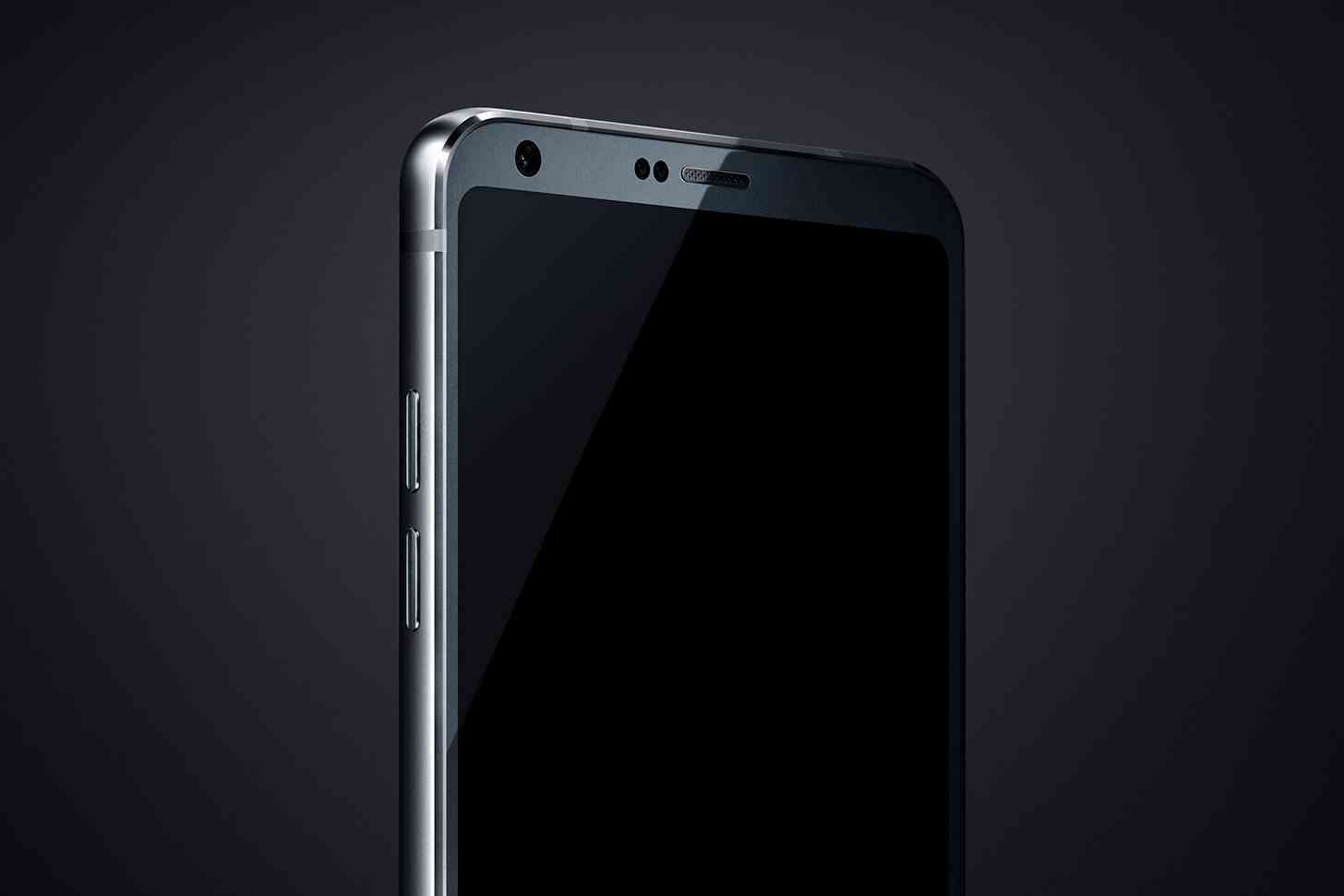
Modular design was heralded for a brief period as the future of smartphones. From the LEGO-like composition of Project Ara to the humbler three-part PuzzlePhone concept, modular design was an ambitious new development in the smartphone industry. It was fresh, it was new, and from multiple angles, modular design just made sense: you could switch out individual components on an as-needed basis, cut down on e-Waste, and customize your phone in ways that aren’t currently possible. I don’t know about you, but those all sounded like good ideas to me - on paper, anyway.
The modular concept sounded good, but there are more problems that come with the concept than fixes. In Ara’s case, there was the threat to the device’s ability to connect with so many interchangeable components, potentially expensive costs, and its ability to sway people to adopt such a concept. Considering Project Ara was canceled without much warning last year in early September, it’s probably safe to assume that modular design isn’t yet (and may never be) the hot commodity some of us originally thought it would be.
But before Ara’s demise, we could see that some companies saw value in the concept. When the LG G5 was announced last year with its “modular design”, the overall reception could be summed up as “cautiously optimistic”. While the G5 didn’t allow for users to replace individual components per se, it did allow users to boost certain features with the use of certain mods, or “Friends”, as LG called them. The two mods released alongside the G5 were a camera/battery module and an additional DAC for audiophiles. Other “Friends” aren't mods so much as they are accessories, like a 360 camera, a Bluetooth headset, and a pair of VR glasses. I can’t tell if the G5’s concept was too complex or too underwhelming. Probably a little from column A and a little from column B.
Another company that embraced modularity was Lenovo, who released its own modular concept smartphone, the Moto Z, and seemed to have a better grasp on mods than LG did. There are approximately six Moto Mods to choose from (not counting the Style Shell) that can serve as either a speaker, projector, optical zoom camera, battery pack (there are two mods for this), or a vehicle dock. Even though the Moto Z had more mods under its belt, the concept was largely the same as the G5’s, and equally costly if you decided to invest in multiple mods. At the end of the day, nobody was pushing their mom over to get smartphones with a modular design.
And that brings us to the present. LG confirmed that they’re dropping modular design for their G6 flagship this year, and for good reason: the G5’s aspiring concept just didn’t pan out. Instead, the G6 is said to focus on “aesthetics and usability,” and if the recent image leak of the phone holds any truth to it, we may be looking at a phone that looks about as generic as the rest of them.
Although the leak only shows the top part of the phone, it clearly shows a design similar to many flagships on the market: glass front, metal chassis, and antenna lines. However, to LG’s credit, even just the top half of the image shows that the device has a remarkably thin bezel, which is predicted to be one of this year’s hottest concepts.
Unfortunately, in addition to the image leak, more questionable choices may be in store for the G6. There are rumors that LG will do away with the removable battery this year, which is not the most damning choice as other manufacturers manage to do perfectly well without it, but it was comforting to know LG still valued it. The G6 is also rumored to use last year’s Snapdragon 821 processor. Samsung allegedly has “first dibs” on the newest Snapdragon 835 SoC for the Galaxy S8, leaving other manufacturers in the dust until after April. On a positive note, the G6 is said to keep the 3.5mm headphone jack and incorporate water resistance.
It’s hard to tell how the G6 will fare. It could be hindered by a forgettable design, non-removable battery, and use of last year’s flagship processor, but it could also excel in other areas: slim bezels are popular, waterproofing is always a plus, and the G6 could easily end up being a bargain flagship if LG is willing to lower the price due the 821 processor. Plus, they can re-purpose the chorus of Far East Movement's "Like A G6". That beat was practically made for a phone commercial.
Despite its alleged return to a more basic design, I think there’s still a chance for the G6 to thrive in the year ahead. Regardless of the outcome, and as much as I hate to admit that modularity seems to be going nowhere fast, I think LG is doing the right thing by moving away from modular design at this point.